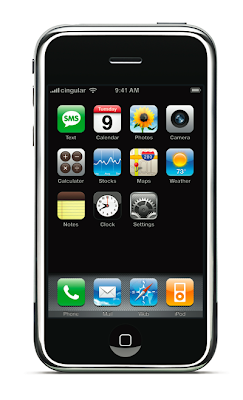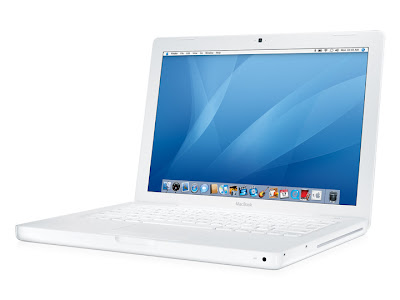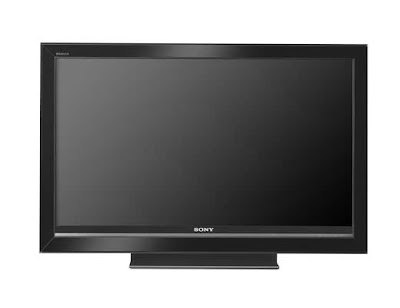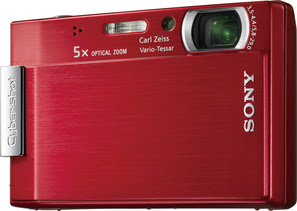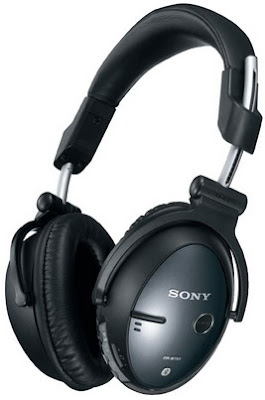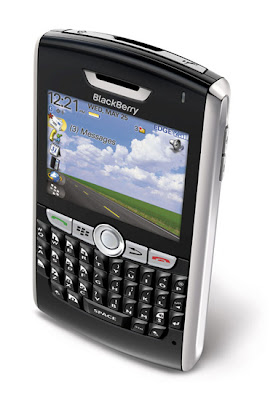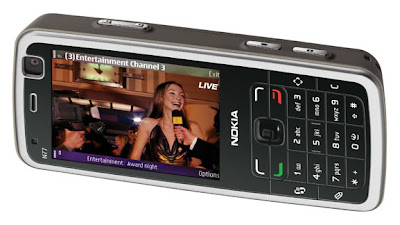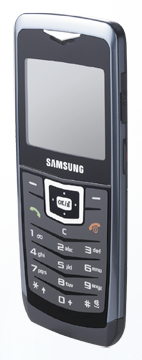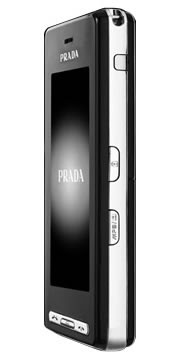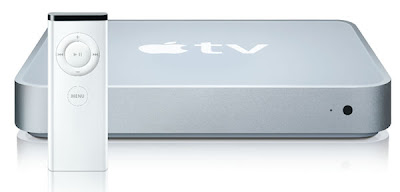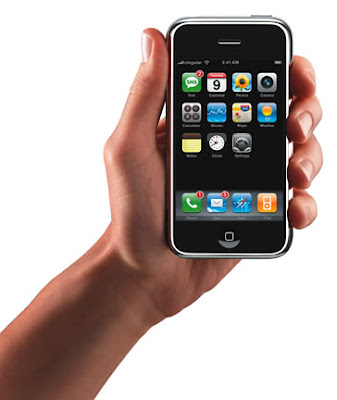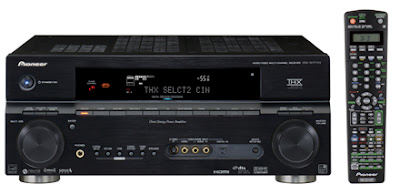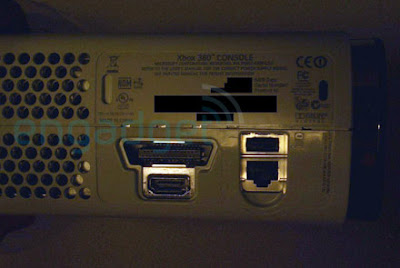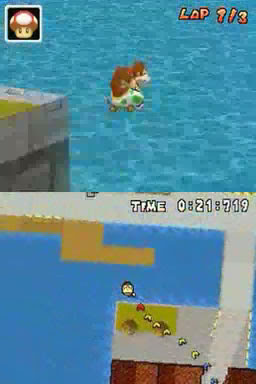Apple release stunning new iMacs, iLife '08, iWork '08
At an event in Cupertino today Steve Jobs announced brand spanking new iMacs as well as significant updates to their iLife and iWork software suites.
The new iMacs have been completely redesigned and are available in 2o or 24-inch glossy screened varieties. They are now clad in brushed aluminium and glass, with a black trim. Not a dissimilar look to the iPhone and Pro Macs.
The new iMacs include the latest Intel Core 2 Duo processors configurable up to 2.8 GHz with 4MB of shared L2 cache and up to 4GB of 667 MHz DDR2 SDRAM memory.
The top of the line 24-inch version features ATI's next generation Radeon HD 2600 PRO graphics card with 256MB of GDDR3 memory and the 20-inch version features the ATI Radeon HD 2400 XT with 128MB of GDDR3 memory.
They can also be configured with up to 1TB of hard drive storage and are compliant with the stringent new Energy Star 4.0 requirements.
Not content with redesigning the iMac, Apple have also introduced a super-thin new keyboard to match. Drawing heavily on the design of the MacBook, the new aluminium clad keyboard features low profile keys for a "crisp, responsive feel". It also has dedicated function keys for features like dashboard, expose and media controls.

Both the keyboard and the iMac are incredibly slim and look stunning on the desktop.
They come preloaded with the new iLife '08 software suite which includes major reworks of iPhoto and iMovie as well as updates to iWeb, GarageBand and iDVD.
Of note, iPhoto now supports online web galleries and automatically organises your library by events. iMovie has had a major overhaul and now, importantly for me, supports the popular new HD camcorder format, AVCHD.
iWork also saw a significant update with new versions of Pages and Keynote as well as the introduction of an innovative new spreadsheet app "Numbers".
Click on these links for more on the iMac, iLife '08 and iWork '08.




